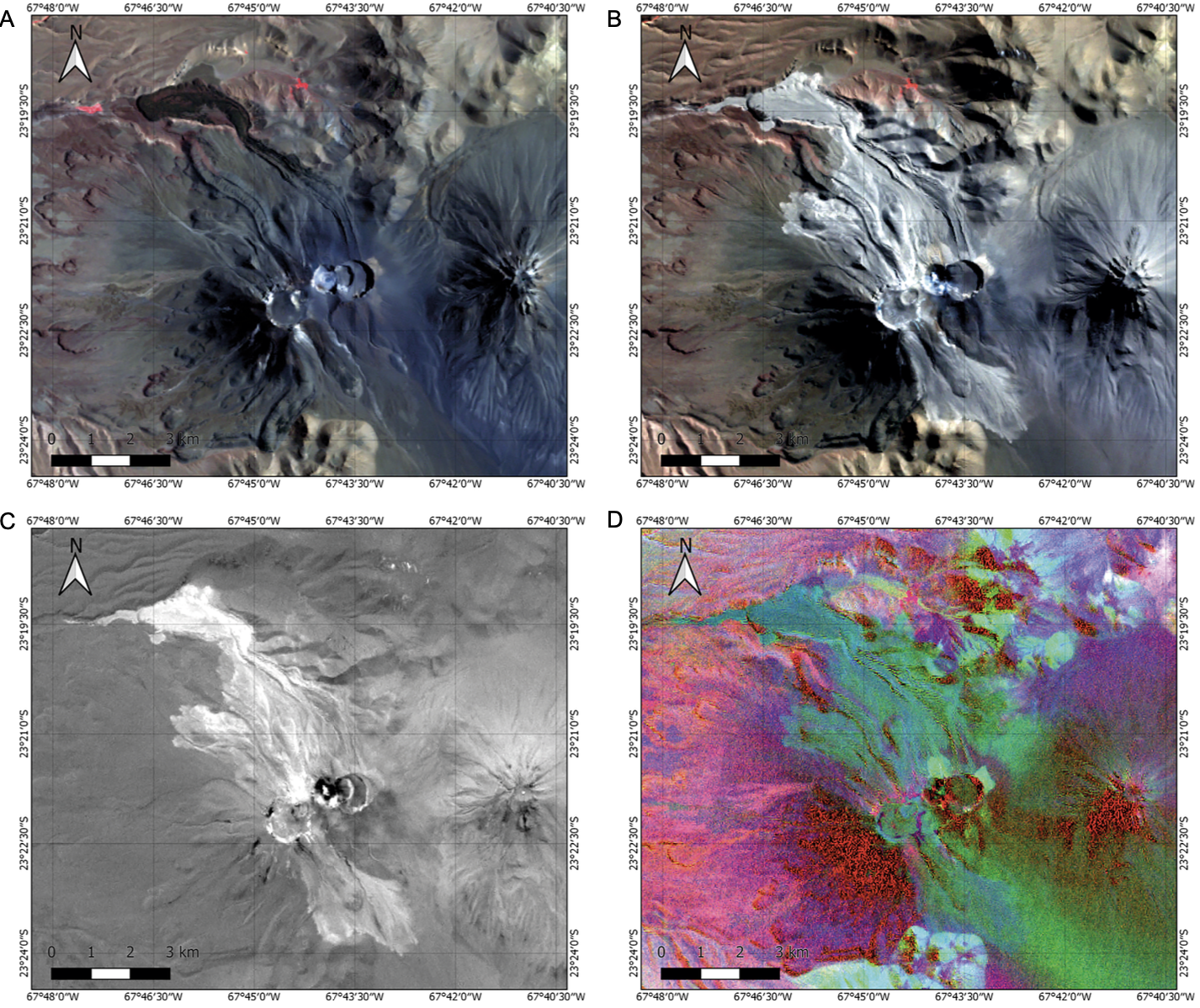Autores Ckelar: Alfredo Esquivel, Felipe Aguilera y Alvaro Aravena
Revista científica: Bulletin of Volcanology
Abstract
Pyroclastic density currents (PDCs) pose extreme risk to human population and infrastructure due to their high temperatures, propagation velocities, dynamic pressures, and particle concentrations that can cause burns, asphyxiation, and structural collapse. The April 1993 sub-Plinian eruption of Lascar volcano (VEI 4), northern Chile, generated at least nine PDC pulses, reaching up to 8.5 km from the summit toward NW and SE. Developing quantitative hazard models is essential to forecast PDC inundation zones, inform evacuation planning, and mitigate volcanic risk for communities surrounding active volcanoes. In this study, we integrate literature information with satellite image analysis, fieldwork, laboratory analysis, and numerical modeling to study and reconstruct this eruption of Lascar, with emphasis on the analysis of the physical properties of the PDCs emplaced during this event. The reconstruction of this eruption, the largest in terms of intensity and magnitude in historical times in northern Chile, allowed us to estimate, among other numerical constraints, a total volume of PDCs of approximately and maximum propagation velocities of the different pulses between and. Volcanological information was also adopted to calibrate a set of probabilistic simulations of PDC propagation, which were used to analyze the control exerted by the volcano topography on PDC channelization dynamics, of critical relevance to determine the hazard zonation associated with PDCs.
Full paper here.

